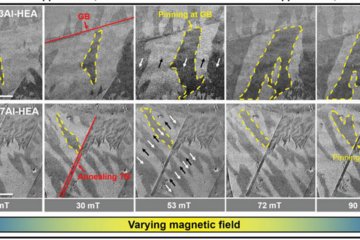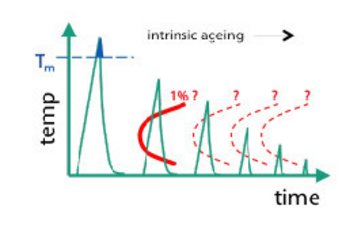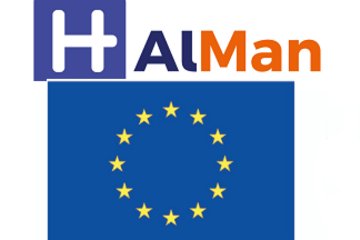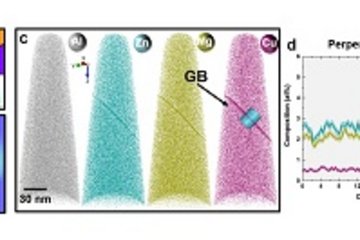All genres
181.
Talk
Using simulations to investigate the apparent fracture toughness of microcantilevers. Nanomechanical Testing in Materials Research and Development VI, Dubrovnik, Croatia (2017)
182.
Talk
Ag segregation induced nanofaceting of an asymmetric tilt grain boundary in copper. MS&T17, Materials Science & Technology, Pittsburgh, PA, USA (2017)
183.
Talk
Setup of a microscale high temperature loading rig for micro-fracture mechanics. Euromat 2017, Thessaloniki, Greece (2017)
184.
Talk
In situ small scale fracture experiments. RQ16, Microstructural Kinetics Group, Department of Materials Science & Metallurgy, Leoben, Austria (2017)
185.
Talk
In-situ TEM Study of Mechanical Size Effects in TiC Strengthened Steels. Microscopy & Microanalysis 2017, St. Louis, MO, USA (2017)
186.
Talk
Insights into dislocation grainboundary interactions by in situ micromechanics. Seminar Lecture at the FAU Erlangen/Nürnberg, Erlangen, Germany (2017)
187.
Talk
Hydrogen Embrittlement on Tungsten using Deuterium Plasma Charging and Microscale Fracture Experiments. GDRi Mecano General Meeting, Toulouse, France (2017)
188.
Talk
Using nano- and micromechanics to understand interface plasticity. Hysitron Nanobrücken 2017, University of Manchester, Manchester, UK (2017)
189.
Talk
Fracture Toughness of Hexagonal and Cubic NbCo2 Laves Phases. Nanobrücken 2017, European Nanomechanical Testing Conference, University of Manchester, Manchester, UK (2017)
190.
Talk
Hydrogen Embrittlement on Tungsten using Deuterium Plasma Charging and Microscale Fracture Experiments. DPG-Frühjahrstagung 2017, Dresden, Germany (2017)
191.
Talk
Towards probing the barrier strength of grain boundaries for dislocation transmission. Electronic Materials and Applications 2017, Orlando, FL, USA (2017)
192.
Talk
Do we understand dislocation transmission through grain boundaries? PICS meeting, Luminy, Marseille, France (2017)
193.
Talk
Fracture Behavior of Nanostructured Heavily Cold Drawn Pearlite: Influence of the Interface. TMS 2017, San Diego, CA, USA (2017)
194.
Talk
Unusual Brittle to Ductile Transition in Single Crystalline Silicon: In situ micro scale fracture studies at elevated Temperatures. TMS 2017, San Diego, CA, USA (2017)
195.
Talk
New Insights into Plasticity at Grain Boundaries by Nano- and Micromechanics. TMS 2017, San Diego, CA, USA (2017)
196.
Talk
Deformation Induced Martensite: A Thermodynamic Study. TMS 2017, San Diego, CA, USA (2017)
197.
Talk
Can superlattice structures enhance the fracture toughness of ceramic coating? TMS 2017, San Diego, CA, USA (2017)
198.
Talk
Brillantes Licht für unser Leben. KopfSalat-zu Gast bei Max Planck, MPI für Eisenforschung, Düsseldorf, Germany (2016)
199.
Talk
What can you learn from a µLaue experiment? 8th International Conference on Multiscale Materials Modeling - MMM 2016, Dijon, France (2016)
200.
Talk
Size and orientation effects on the elasto-plastic transition and deformation mechanism of twinning-induced plasticity steel micro-pillars. MSE 2016 Conference , Darmstadt, Germany (2016)











